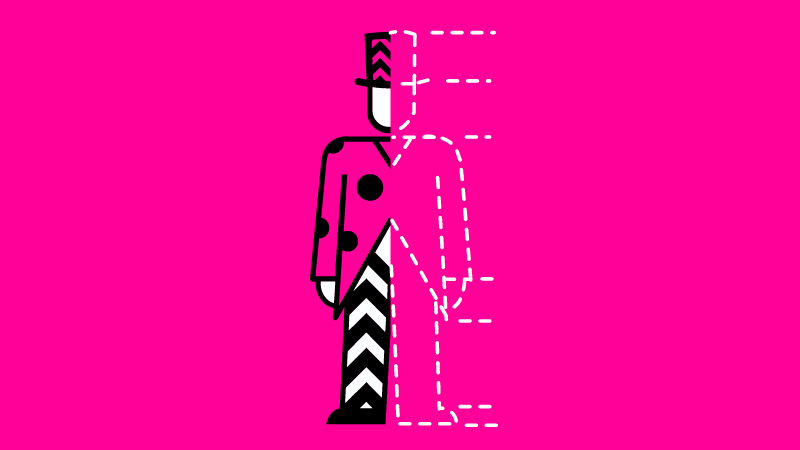Creative industries
Costume designer (creative industries)

Costume designers work in film and TV drama, unscripted TV and theatre. In parts of the UK where there is less production in screen, it’s relatively common for them to work across different sectors – in film during the summer and in theatre when the pantomime seasons starts in the winter, for example. Costume designers who know how to work across sectors are therefore more likely to get employment all the year round, wherever in the UK they are.
Case study – Aileen Kelly
Aileen Kelly is a costume designer based in the north-east. She’s worked in theatre, television and short film and also works as a set designer and gallery assistant.
“You're always learning new skills,” she says. “I'm one of those people – I can't sit still. So making things, designing things or whatever is, I'll always be creating something new. And through that, I'll be learning a new skill, which you need to do across these industries, across these creative sectors.”
Core skills for costume designers
- Sewing – make clothes of any kind out of any fabric
- Ironing – know how to iron clothes and hang them without creasing
- Washing – it would be a disaster to ruin clothes through washing them. Know how different fabrics react to different products
- Purchasing – be organised and resourceful, able to hire items and return them
- Organising – in any costume design job, it’s important to keep on top of your receipts and record everything on a spreadsheet
- Storytelling – understand how a story can be told through garments and colour palettes
- Communication – share the vision of the costume design with team members, listen to actors and respond to their needs
- Freelancing – be able to keep your books, manage your finances and stay alert to new business opportunities. For ScreenSkills’ guide on how to do this, go to Freelance Toolkit.
Differences between costume design in theatre and film and TV
- In film and TV, there is almost always a script that’s the starting point for the costume design. Theatre sometimes starts with a script, but is sometimes devised, which means the starting point for the costume designer is a conversation with the director
- In theatre, there is a rehearsal period of weeks during which costumes can be designed. In film and TV, that rehearsal time takes place on the day and is considerably shorter
- In film and TV, costume designers work to the producers and often speak both to the production designer and to the producer, but in theatre they work most closely with the director
- In theatre, costumes need to be more hard-wearing as they might have to be worn for hundreds of nights on the run, whereas in film and TV they might be worn just for a day
- In film and TV, there might need to be more detail in costumes than in theatre because they can be seen closer up
- Theatre is often less well-funded than film and TV, so the costume designer often has to be more resourceful and make more costumes themselves
Tips for costume designers moving between creative sectors
- Email people whose work you admire and ask if you can meet for a coffee and to show them your work
- Having developed your contacts, make time to maintain them
- Make people aware that you are passionate about working in TV, even though you’ve just taken a theatre job – and vice versa
- Have a different portfolio for each industry. Tailor your portfolio so that it is relevant to the person to whom you are showing it
- Continually develop your skills
- Know how to balance your workload. Don’t take on more work than you can manage just to please people.
Related job profiles
- Costume designer – unscripted TV
- Costume designer – film and TV drama
- Costume designer – theatre
- Fashion historian – crafts
Costume skills in all creative industries
- Explore the range of roles where the skills of costume design might be transferrable across all creative industries: Creative Careers Programme: fashion







